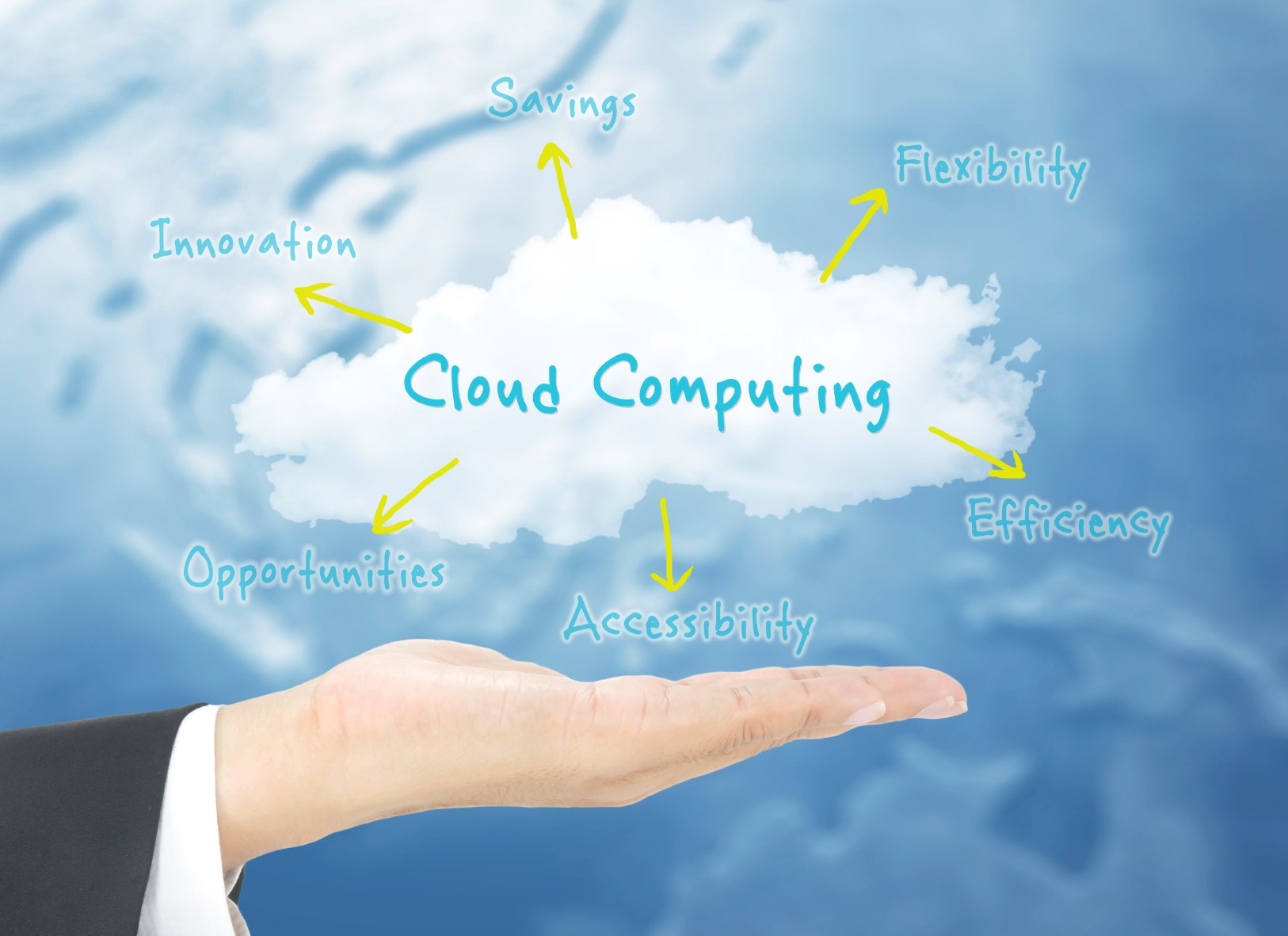
There are tangible cost savings after moving your physical data center to the cloud, plus benefits that are harder to measure
Many small companies start out in the cloud these days. Their focus is innovation, and cloud computing keeps them nimble. In contrast, enterprise companies can drift away from constant innovation as they move into a “business as usual” mode. It’s not their fault. Their size and need for data services inhibit agility. A move to the cloud might help them recapture this adaptability, but they’re not sure they can justify the cost to make the transition.
That’s the big question many companies struggle to answer: What’s the return on investment of a transition? And is it possible to make an “apples to apples” comparison between your data center and its cloud counterpart while figuring things out? Yes. Sort of.
Beyond the obvious
Organizations often just look at operational costs as they consider migration to the cloud. They tally up hardware, software, and human resources expenditures. Then they ask cloud companies for bids. They’re excited by the ability to pay for this as an operations expense instead of a capital expense.
While these items are measurable operational costs that can cost less when handled by cloud service providers, the complete equation for discovering cost savings is more elusive. Everyone from enterprises to small business owners are trying to calculate just how much they’ll save if they move their data centers to the cloud. To know the real savings, they have to figure out the total cost of ownership (TCO) of the data center.
That is a concrete calculation; most components are specific costs that cloud providers could save you with a migration. The IT services and support company CompuData recently reported that their average customerincurred about $65,000 in annual operating costs for a data center. Here’s a breakdown:
- $18,000 – Server hardware acquisition cost (domain, file, terminal server, IIS server, etc.)
- $3,400 – Server software (Windows server) costs
- $3,400 – Database software (SQL server) cost
- $10,200 – Backup system software and equipment costs
- $2,500 – UPS system, including replacement batteries, costs
- $2,750 – Cost for server anti-virus software
- $3,950 – Cost of Microsoft Office licenses
- $7,500 – Installation and configuration services (Initial and subsequent replacements) costs
- $14,000 – Outsourced IT support (server management, monitoring and updates) costs
- $1,000 – Security (alarms, video surveillance, etc.) costs
- $1,000 – Electricity for servers and special air conditioning bill
But these costs aren’t the complete picture
First, you’ll need to look at these costs as they apply to your organization. They are what you’ll need to compare against the fees your cloud service says they’ll charge. The cost areas where your cloud service should save you money are:
- Capital equipment
- Energy
- Storage IT staff
- Maintenance
- Infrastructure
- Data migration costs
- Incremental capacity
A growing number of cloud providers make this an easier process by providing pricing calculators for their services. Some are as simple to use as moving a few sliders to build your current capacity and needs. Microsoft created a pricing calculator for Azure that breaks cloud-computing costs into modules. Google and Amazon delve deep into your needs, asking usage and capacity questions that require a comprehensive understanding of your organization’s data requirements. And ActOnMagic, a cloud services management company, recently researched and offered this helpful collection of cloud calculators.
Now, add in what your software dashboards can’t report
The true benefit of could computing isn’t merely in the cost savings for your organization. The cloud lets you act much faster and effectively manage changes in your business. You can perform more like a startup, no matter how large you’ve become.
Your innovation isn’t hampered by the rigidity of your data center’s capacity. The problem is, how do you put a value on this? What’s the objective measure of agility and reduced time-to-market?
If you measure TCO only by cost savings and scaling, you may discover that using the cloud is not as inexpensive as you first thought. It becomes more evident when you consider your existing investment in the hardware, software, and human resources for your current data center.
In the end, it might prove to be more cost effective not to move to the cloud. At least all the way. CIOs have begun to discover that hybrid cloud models can offer a cost-effective solution. They can deploy virtual servers without the capital expense, while mission-critical applications and highly-sensitive data can stay in-house.
Cost savings is your apple, but …
When you look at what you’re spending now versus what you may spend if you migrate to the cloud, keep in mind that you can only do concrete calculations with your real data. You can look at the economics of converting capital expenditures into operational expenditures. You can even get a clear understanding of TCO.
But these calculations can and should prompt you to also explore the economics of opportunity. What happens when your organization can act as spry as a small business startup? Estimating these benefits is another true but elusive calculation of the potential offered by a move to the cloud.
If you have questions about calculating the true benefits of a migration, contact CloudHesive at 800.860.2040 or through our online contact form. Our team of experts is ready to help you assess the costs and opportunities, and to get you there safely.


